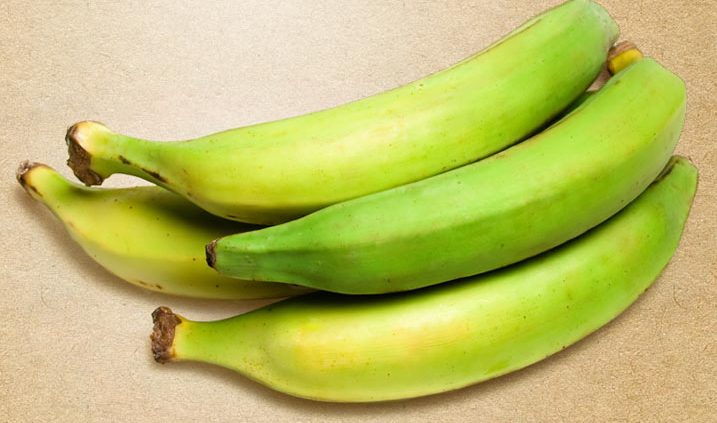Can’t be bothered to cook? No problem. 3 “assembly-only” recipes to the rescue.
Where did the summer go? Is it just me or does summer fly by more quickly with each year that passes in this precious life? It’s a bit startling sometimes, to say the least.
I hope you made some unforgettable summer memories the last few months. Highlights for me included working in my native gardens (no surprise there for those of you who know me), some travels with family to Europe where I fed my loves of adventure and history, daily walks with my hubby that always evolve into spontaneous social hours with neighbors, promoting local foods through a big local foods celebration called Minnesota Cooks, and simple gatherings with family and friends on restaurant patios or in backyards that often make up the most nurturing and satisfying moments of life.
And I have a confession – this summer I basically couldn’t be bothered to cook much, which is pretty unusual for me. Typically I enjoy the planning, chopping, and creativity of cooking, but the last couple of months I just honestly wanted to spend my time on other things and felt satisfied with simple food. Turning on my stove felt utterly unappealing. So I “assembled” meals instead. Summer is a great season for “assembling” and throwing stuff together since in-season produce is so fresh and perfect and delicious as-is.
It’s been a cool summer here in Minnesota where I live. We’re still waiting for many of the tomatoes, peppers, and eggplants – summer’s heat lovers – to make their big appearance; therefore, I figured it wasn’t too late to share a couple winner recipes that have been satisfying the palate while requiring little work. Enjoy!
Melon and Cucumber Salad Yield: 4-6 servings
A friend reminded me of this recipe a few weeks ago, and I’m so glad she did. Isn’t it funny how we can space out some of our favorites? This classic trio of herbs (relied upon by South American and Asian cooks) brightens salads and sautés. Here it cools the heat of the jalapeño. Serve this on dark greens or as a side to grilled chicken or pork, if you do feel like you have some bandwidth for cooking. :)
2 limes
1 Tablespoon olive oil
1 large shallot, finely diced
1 cup cilantro leaves
1/2 cup basil leaves, cut into 1/8-inch strips
1/3 cup mint leaves, cut into 1/8-inch strips
1 jalapeno, seeded, deveined, and diced
1 pound melon, peeled, seeded, and cut into 2-inch chunks (cantaloupe or honey dew)
1 large cucumber, peeled, seeded, and cut into 2-inch chunks
salt and freshly ground black pepper, to taste
Grate the zest (the green rind, not the white pith) and juice the limes into a large bowl and whisk in the olive oil. Toss in shallot, cilantro, basil, mint and jalapeño. Allow to sit a few minutes, then toss in the melon and cucumber. Season to taste with salt and freshly ground pepper. Refrigerate until cold before serving.
Golden Tomato Avocado Salad
4 Servings
2 cups chopped yellow and/or orange tomatoes
1 yellow bell pepper, seeded and chopped into bite-sized pieces
1 large cucumber, peeled, seeded, and chopped
1 large avocado, diced into ½ inch cubes
½ cup finely sliced scallions
1/3 to ½ cup fresh lime juice
¼ cup orange juice
2 Tablespoons extra-virgin olive oil
2 Tablespoons minced fresh basil
1 large garlic clove, minced or pressed
1 teaspoon minced fresh cilantro (optional)
Salt and ground black pepper, to taste
Combine all of the ingredients in a serving bowl, toss well, and serve or refrigerate.
**While the first 2 recipes focus more on ingredients local to the Midwest, this next recipe is much more Caribbean-inspired.**
Ginger Chia Pudding
Yield: 1 serving
This recipe comes directly from Gwyneth Paltrow’s newest cookbook “It’s All Easy,” which a client told me to get. She was right. Good ole Gwyneth’s done it again – there are some really excellent recipes in that book. I love chia puddings for breakfast, but some people eat them as a snack or dessert.
1/4 cup chia seeds
1/2 teaspoon very finely grated or minced fresh ginger
3/4 cup coconut water
6 Tablespoons canned coconut milk
2 teaspoons honey or coconut sugar
1/4 cup diced fresh peach or other favorite fruit
Combine the chia seeds, ginger, coconut water, coconut milk, and honey/coconut sugar in a bowl or mason jar. Stir well; allow to sit in the fridge for at least 10 minutes or up to 2 days. Serve topped with diced fresh peach or other fresh fruit (I’ve been using fresh raspberries).
There are many reasons why we might find ourselves resisting the task of cooking from time to time. If you’ve also found yourself in a standoff with your stove recently, I hope you found this newsletter helpful. For the record, I do feel home-cooking is immeasurably important to creating health, but I also know there are plenty of ways to skirt around it occasionally and still make healthful choices, especially in summer. Cheers to assembling!
With love and a big hug,
Claudine






Follow